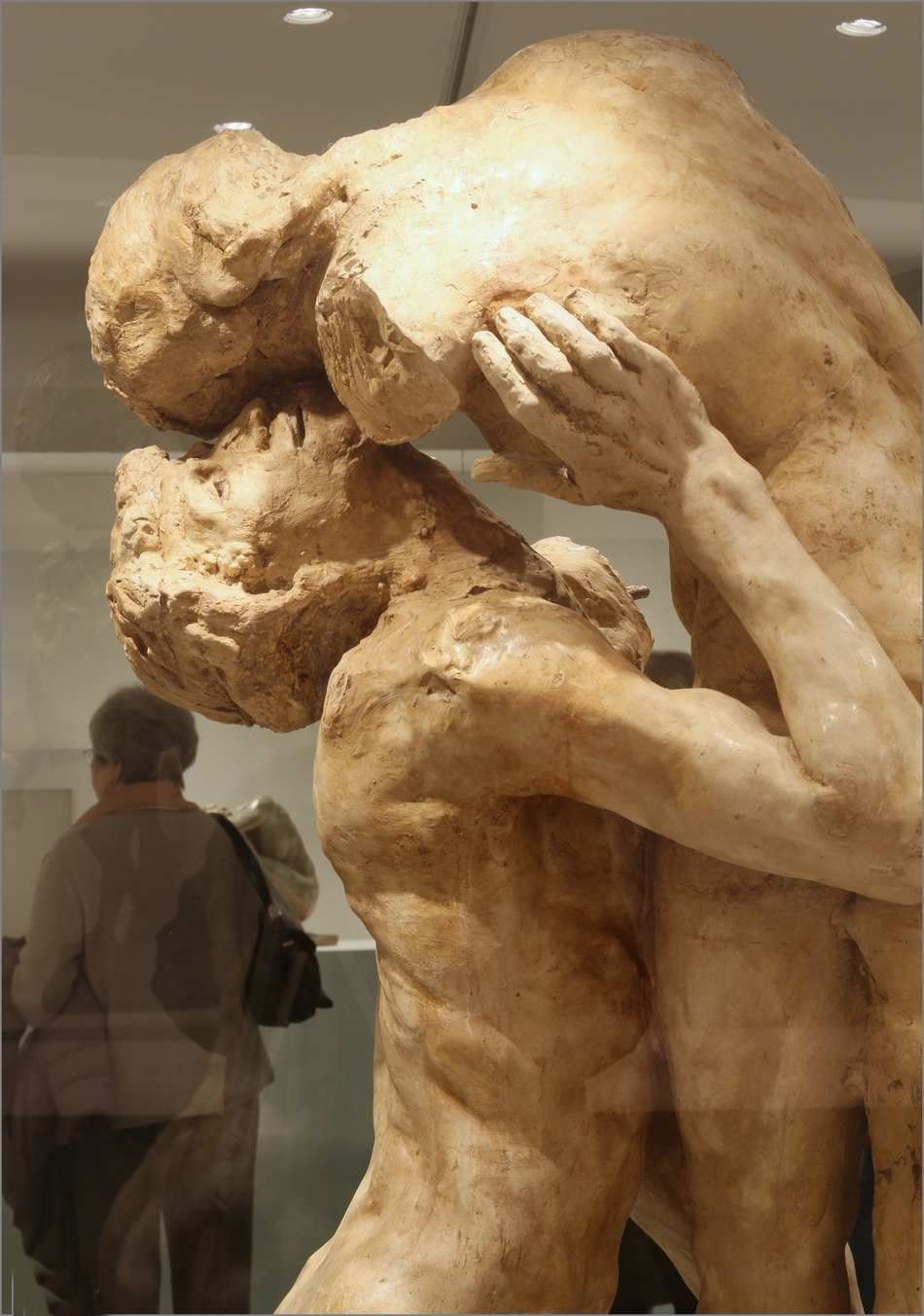Giovanni Bedini, also known as Paolo Bedini was an Italian painter who was born in Bologna, Italy.
The artist was trained at the Academy of Fine Arts in Bologna, initially started up in painting with a historical theme, and soon abandoned it to devote himself to the representation of everyday life more carefree.
That of Bedini was a cheerful and lively art, much appreciated by critics and far from any romantic rhetoric, which matured its peculiarities in the vein of neo-rococo and middle-bourgeois style.
A tireless worker, Bedini created many works including oil paintings and watercolors that found a wide market both in Italy and abroad.
Giovanni Bedini (Bologna, 26 dicembre 1844 - 14 marzo 1924) è stato un pittore Italiano.
Giovanni Bedini, detto anche Paolo Bedini, formatosi all'Accademia di belle arti di Bologna si aggiudicò giovanissimo molti premi tra cui quello in Architettura (1863), in Decorazione e Figura (1864), in Prospettiva (1865), in Pittura (1866) e nella Figura delle statue ed Anatomia (1867).
La sua prima mostra avvenne nel 1867 quando portò un'opera ispirata alla storia rinascimentale nell'Esposizione Triennale di Reggio Emilia.
In seguito espose a Torino (1872), Genova (1876), Firenze (1877) e a Milano (1876, 1893, 1895, 1906).
Nel 1894 fu chiamato ad insegnare elementi di figura presso l'Accademia bolognese e, tra il 1907-1922, fu docente e Capo di Istituto presso la Scuola Professionale per le Arti Decorative di Bologna (in seguito denominata Istituto d'Arte e oggi accorpata in un unico istituto col nome di: Liceo Artistico "Francesco Arcangeli").

.jpg)

.jpg)



























